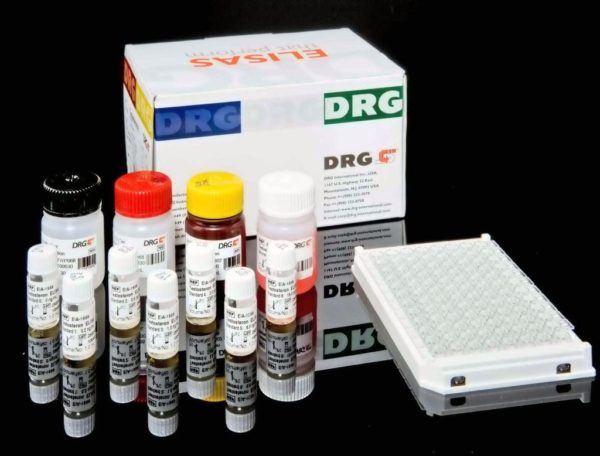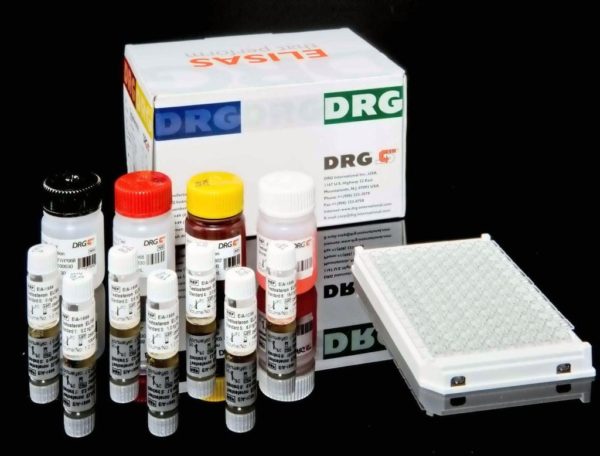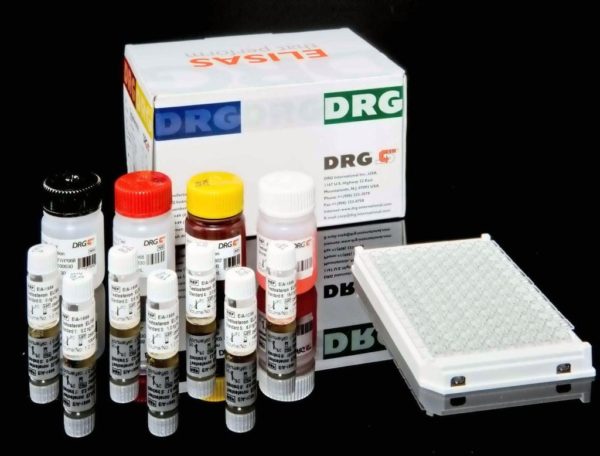Description
VER-O157 test is an immunochromatographic rapid assay for the qualitative detection of E.coli O157 and verotoxins 1 and 2 (syn. shigatoxins) from a stool enrichment in mTSB broth.
Enterohemorrhagic E.coli (EHEC) cause epidemic and sporadic gastrointestinal infections worldwide. Many publications have reported EHEC to be the 3rd most frequent cause of bacterial gastrointestinal infection after Salmonella and Campylobacter.
The clinical symptoms associated with EHEC go from light diarrhoeas passing for serious gastroenteritis until haemorrhagic colitis, which appear in aprox. 10 – 20 % of the cases. As complication, with risk for the life, it can appear a syndrome called haemolytic uraemic syndrome (HUS). The rate of mortality for HUS is specially high in the childhood (10 – 15 % of the cases).
Verotoxin production is the main virulence factor of the EHEC bacteria. Two types of verotoxins, also called shigatoxins, have been described, vtx-1 (or stx-1) and vtx-2 (or stx-2); pathogenic E.coli strains may produce both, neither or only one of these toxins.
E.coli O157 is currently the most common agent connected to EHEC infections (it is involved in approx. 70-90% of all cases) but many other harmful strains like O26, O111, O103 and O145 are increasingly found and now represent the majority of isolates in most European countries. Although these strains do not belong to the serotype O157 detected by our test, they can produce verotoxins, the other analyte present in VER-O157 test hence the importance of detecting both analytes instead of one of them as the current tests on the market (there are tests for the single detection of E.coli O157 or tests for the single detection of verotoxins).
Nowadays, the recommended protocol for the diagnosis of both E.coli O157 and verotoxins involves the enrichment of the stool sample in the mTSB broth (with addition of Mitomycin C at 50 ng/mL) overnight and the later isolation of the supernatant by centrifugation. VER-O157 test analyzes this supernatant that has been previously diluted to 50% in the dilution buffer test. The enrichment of the stool sample in the mTSB broth is necessary since the content of E.coli and verotoxins may be very low in the original stool sample. The selective mTSB broth favours both the proliferation of E.coli and the verotoxin production.
The drastic increase in the incidence of these gastrointestinal infections caused by E.coli O157 and others serotypes belong to the group EHEC, demands reliable and rapids methods of detection. In addition to traditional culture methods, immunological techniques are becoming more useful due to their improved specificity and sensitivity as well as the rapidity and simplicity of the same ones.
The Council of State and Territorial Epidemiologists recommend that clinical laboratories screen the presence of EHEC bacteria in at least all bloody stool samples. The American Gastroenterological Association Foundation (AGAF) recommended in July 1994 that all stool specimens should be routinely tested for E.coli O157.
VER-O157 test employs a combination of:
1. green latex-conjugated monoclonal antibody against E.coli O157 antigen, and a solid-phase specific E.coli O157 antibody
2. red latex-conjugated monoclonal antibodies against the verotoxins 1 and 2 antigens, and solid-phase specific verotoxins 1 and 2 antibodies and
3. blue latex particles conjugated to an antigen recognised by an antibody specific for that antigen and bound to the membrane, serving as the control band test.
In this test the stool sample is first enriched in the selective mTSB broth (with Mitomycin C) during 18 – 24 hours at 37 °C to stimulate the growth of E.coli and the verotoxin production. After centrifugation of this culture, an aliquot of the supernatant is diluted to 50% in the dilution buffer of the test and the sample is ready for the measurement with the VER O157 test.
As the sample flows through the test membrane, the coloured particles migrate. In the case of a positive result the specific antibodies present on the membrane will capture the coloured particles. Different coloured lines will be visible, depending upon the antigens content of the sample. These lines, after 15 minutes of incubation at room temperature, are used to interpret the result.




